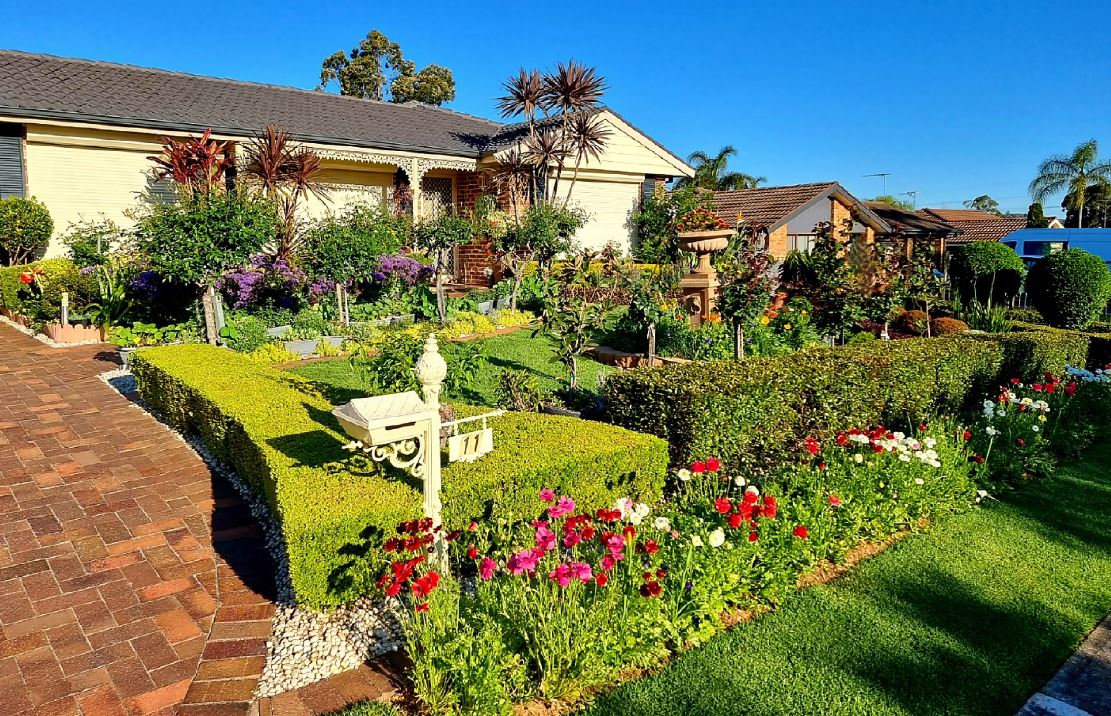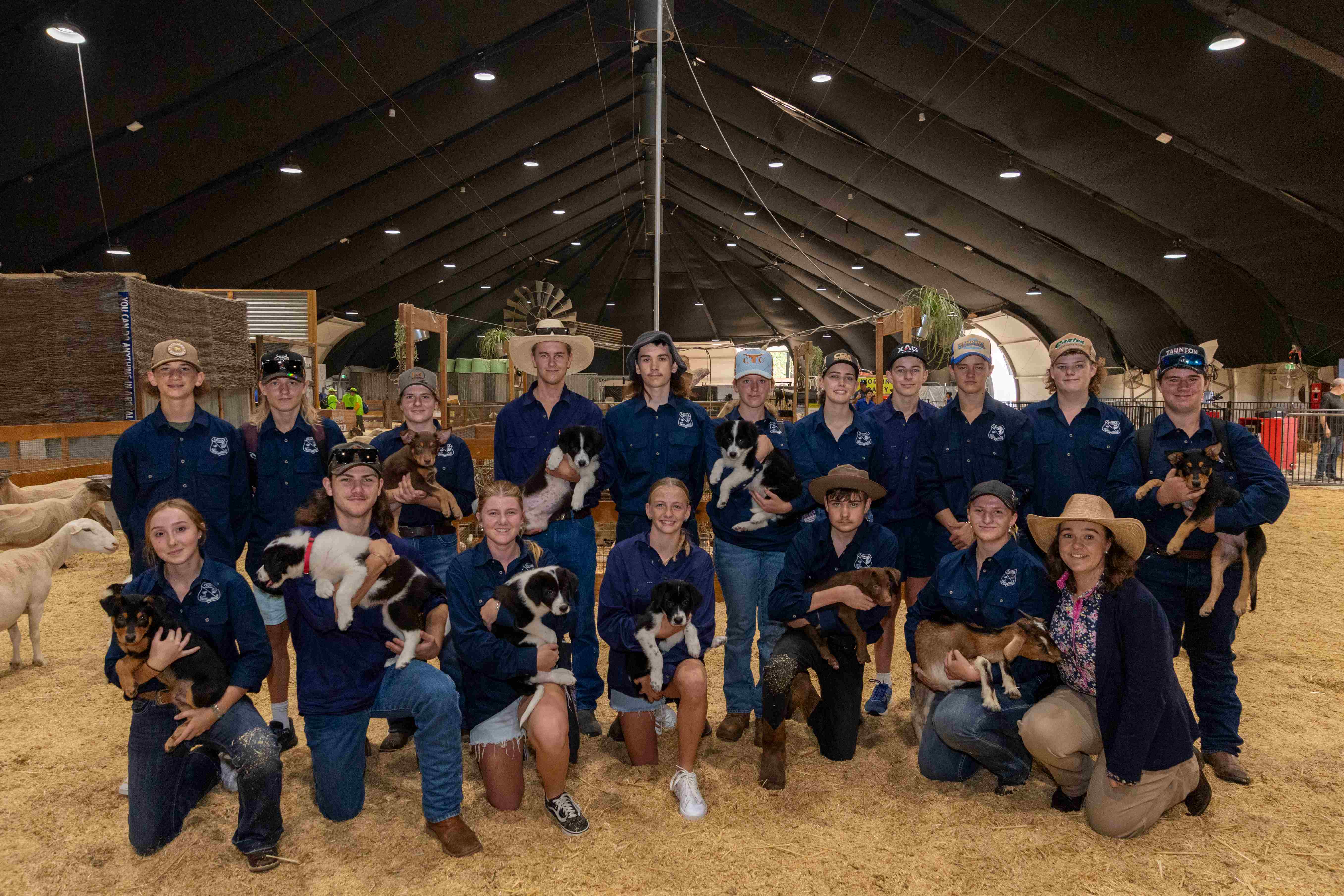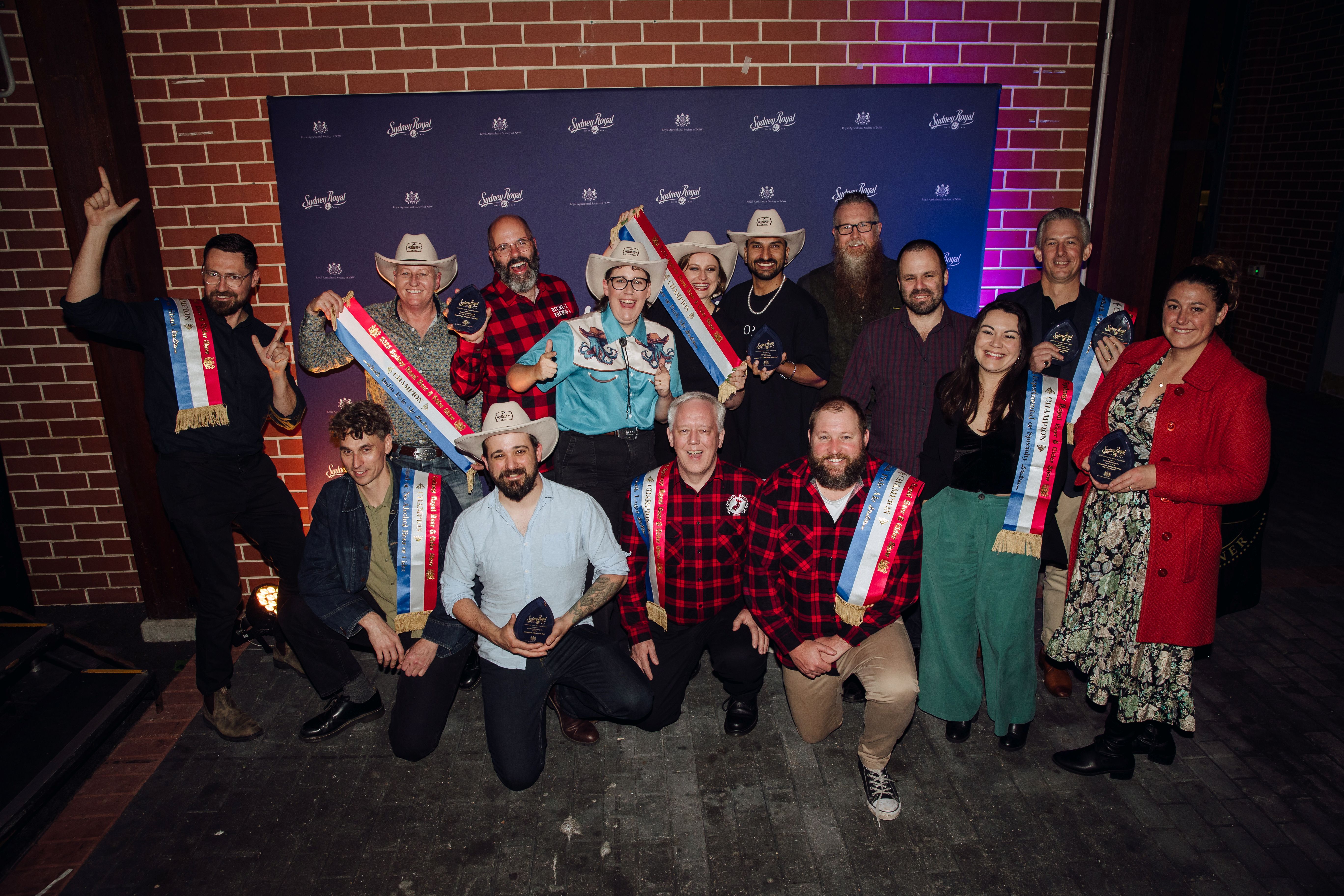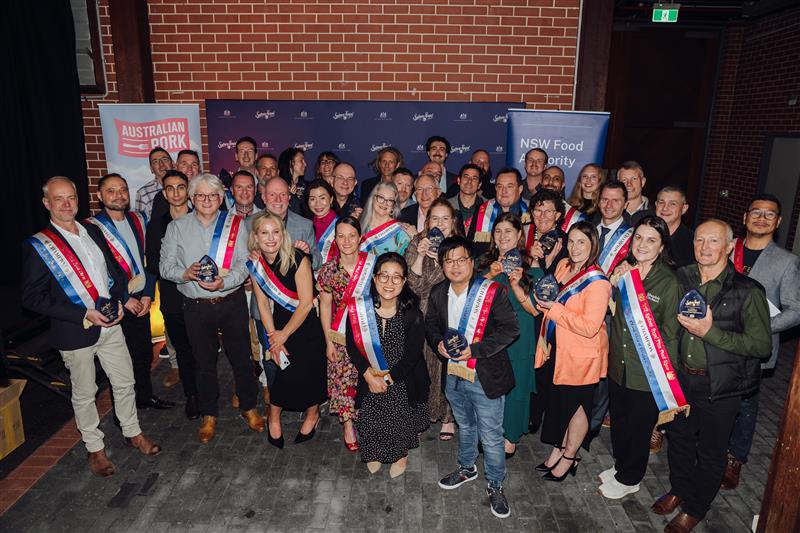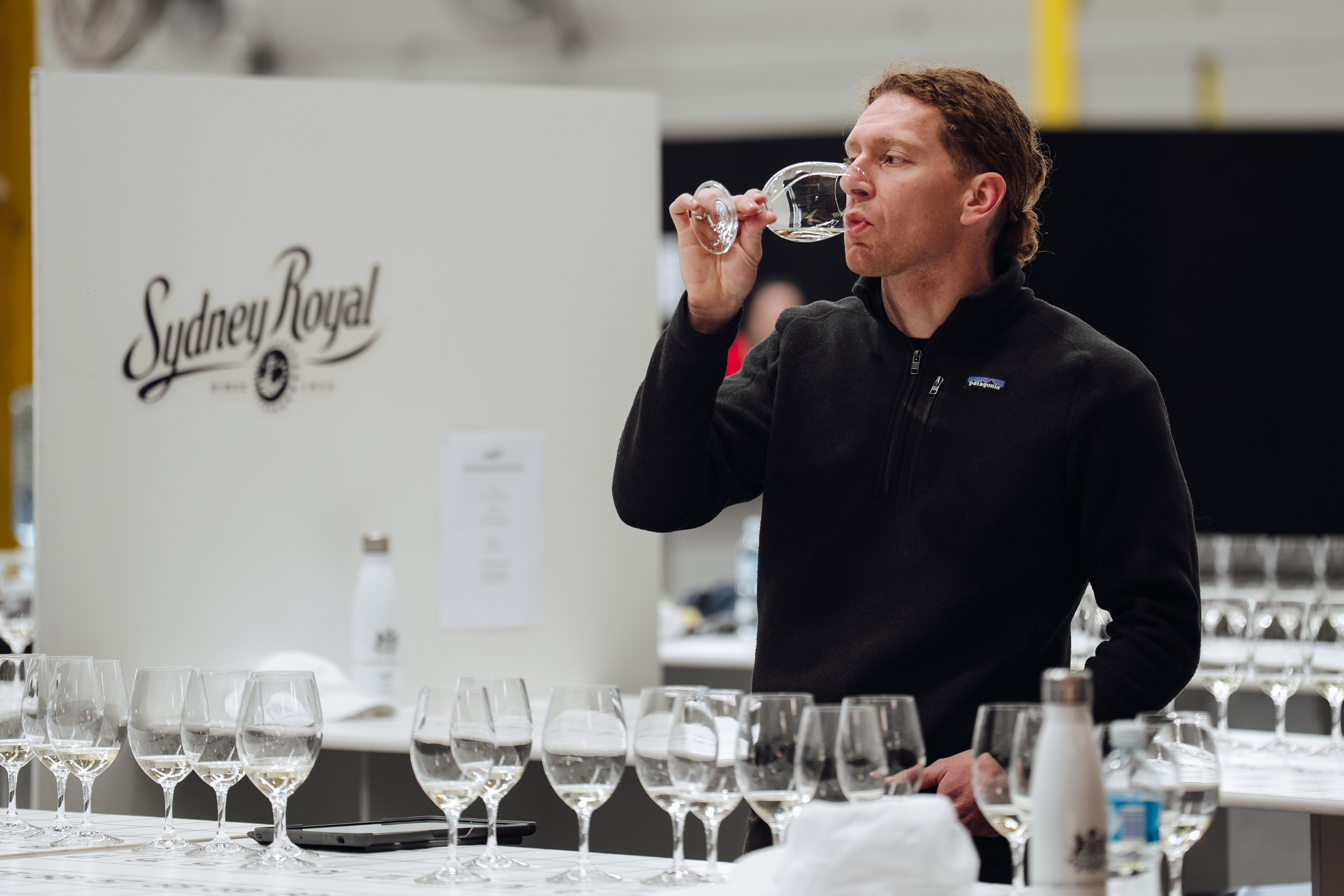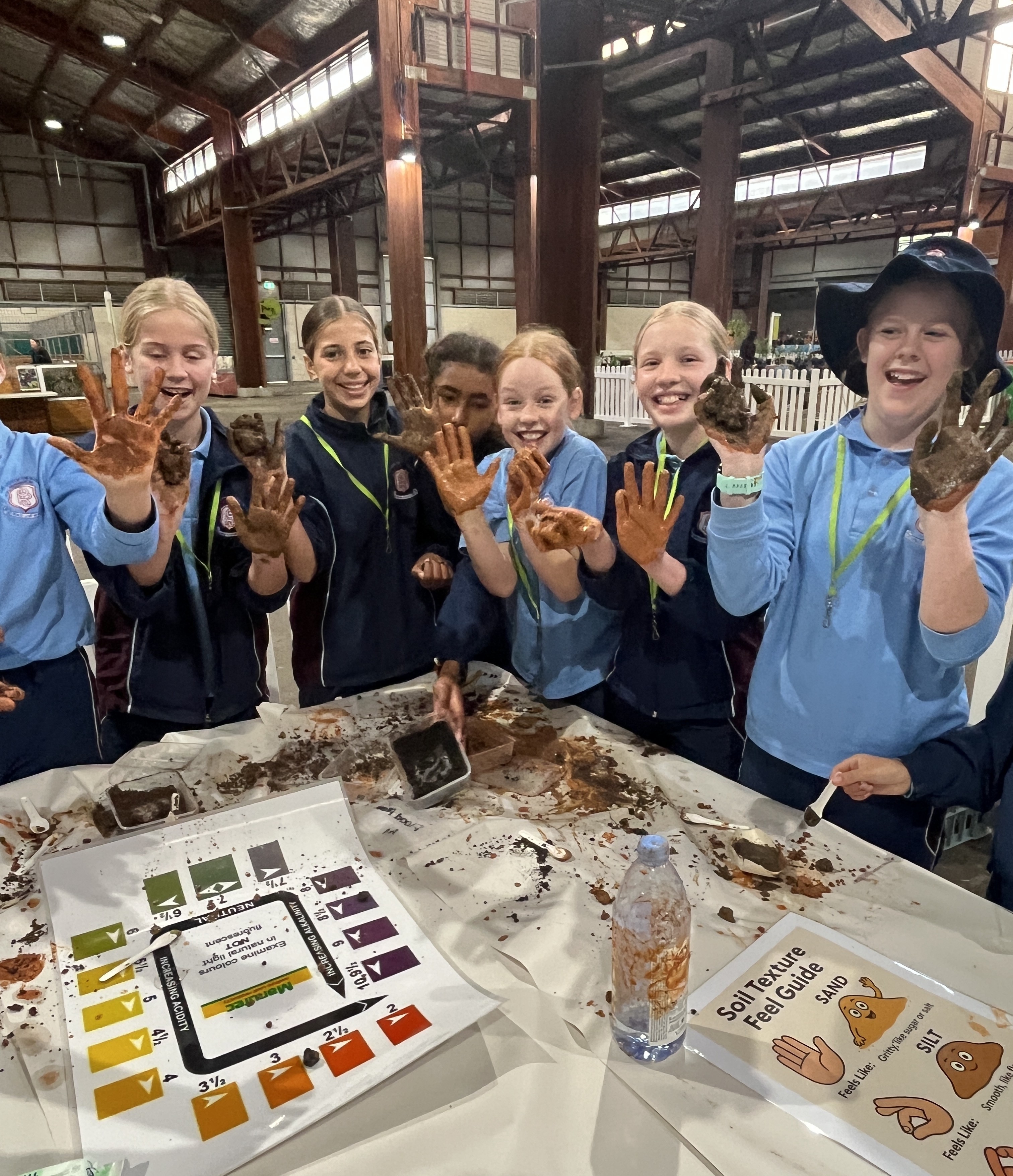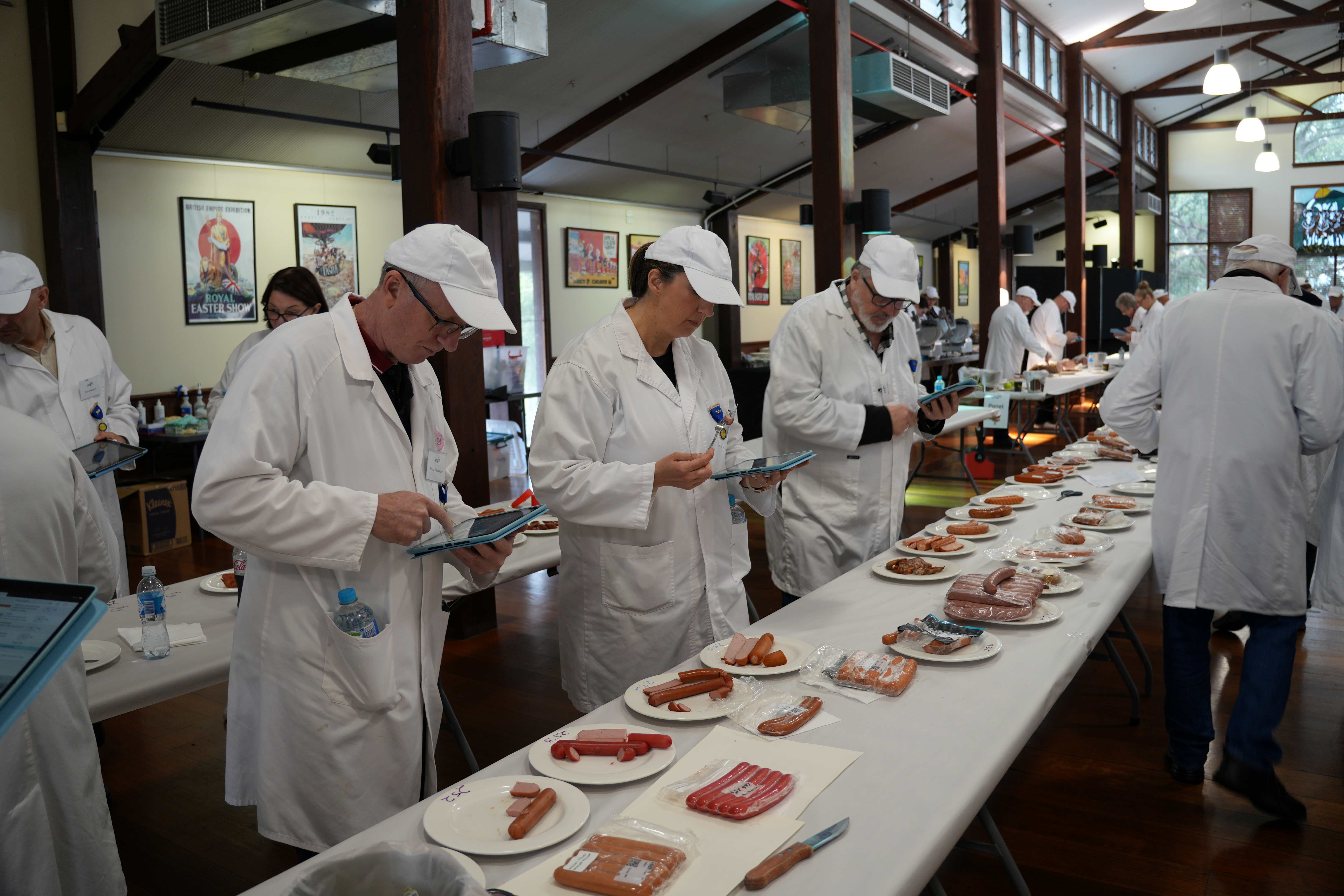Discover who owned beautifully preserved Member passes from the 19th century
Beautifully preserved Member passes from the 19th century have made their way back to the RAS. We discover who owned them and what Membership of the Society meant in his day.
Family memorabilia with connections to the RAS surface from time to time, catching the attention of the Heritage Centre. "As the Society gears up for bicentenary celebrations in 2022, we are especially glad when we can add new items to our collection which might be suitable for future display," said Karen Finch, manager of the RAS Heritage Centre. "The Membership passes of John Booth which were donated by his descendants are just such objects. They've been lovingly preserved by the family for decades."
Dated between 1879 and 1900, the cards are encased in small, protective leather wallets, each of different design, and are the earliest known examples of their kind. To some eyes they may seem unassuming, and yet they represent so much. Behind these tokens rests the story of a life; a life which, as it turns out, also broadly tells the tale of agriculture in nineteenth century New South Wales. To be meaningful, objects need a context, and often all it takes to find one is a little digging. From various sources, a colourful picture of John Booth has emerged. The son of a tailor, he was born in Parramatta in 1833 and was apprenticed to a wheelwright. He threw in the trade when gold was discovered and headed to the goldfields of Ophir, Turon and Ironbark with his brother. Returning to Parramatta he took up horse and cattle breeding, and became one of the foremost pedigree stock owners of central Cumberland. He specialised in Durham Shorthorn cattle, holding a purebred strain from stock sent to the Reverend Samuel Marsden by King George III. Booth's father had acquired the cattle from Marsden and John Booth was proud of preserving the line.
Evidence of John Booth's success as a breeder comes from certificates and medals donated by his family. His most prestigious wins were recorded at the Sydney International Exhibition of 1879 which took place at the Garden Palace, the Royal Botanic Gardens, and the Annual Metropolitan Exhibition held at Moore Park in 1898. Newspapers of the day report his livestock, which included Hungarian and Exmoor ponies, was always a source of attraction at the big Sydney Shows.
In 1880, quite late in life, Booth married. With his new, much younger bride, Hannah Hooworth, he moved to a parcel of land at Prospect, now Greystanes. The spot became known as Boothtown. The region itself had pedigree, identified early as one of the most fertile in the colony, and home at one time to the profitable estates of men like explorers Wentworth and Lawson.
John Booth became a founding alderman of the Prospect and Sherwood Municipality, and also served on Parramatta Council. Described as a robust and sporty person, the competitive nature of local politics probably appealed. He stayed involved for many years, becoming known as the 'perpetual mayor' of Prospect after serving in that office for most of the 1880s. During that decade there was plenty going on in the area. The Prospect Reservoir was under construction and hundreds of workers were brought in. Designed to provide a reliable supply of drinking water to Sydney, it was the first earth filled embankment dam built in Australia. The problem of water and its impact on all kinds of development in this, the driest of continents, could not be ignored.
Just as life should have been getting comfortable for John Booth and his growing family, the economic depression of the 1890s struck. Protracted lawsuits pursued in earlier times may have contributed to his vulnerability, but whatever the case, Booth could not weather the storm of the financial crisis and he was wiped out. Like so many others on the land, he had to sell up.
In an atmosphere of plummeting property prices, Boothtown was subdivided into small farm lots irrigated from one of the new canals. But John Booth was desperate to remain where he was. He leased back the homestead and there the family stayed until his death, after which his widow and seven children were forced to move on. Today, John Booth's holdings along Gipps Road are remembered by the Boothtown Reserve and the nearby Greystanes (once known as Boothtown) Aqueduct, built as part of the Reservoir.
Booth's health deteriorated during his last troubled decade but he continued to exhibit and remained a Member of the Society up until his death, aged 66. In all likelihood he was too ill to attend his last Show in 1900, which may explain why that particular Membership pass is in such good condition.
At the time of his passing, there were 1,000 Members. Benefits included copies of the Society's publications, use of their rooms and library, and admission to meetings, which were often educational in nature given that the organisation then acted as a de facto Department of Agriculture. Reduced rates for soil chemical analysis were also offered during this period. Free admission to the Society's exhibitions was naturally included, as well as the right to vote in the election of office bearers.
In the new century Membership grew exponentially, but for most, to belong was still personal. Friends, neighbours and relations were co-members, and with more people able to travel, there was always the annual chance to meet up at the Show.
The RAS is its Members, and personal stories abound. "Through representative mementoes like John Booth's the RAS aims to remember and honour them all," said Finch.
With thanks to the Miller family, the descendants of John Booth, for their contribution to the RAS Heritage Centre collection.
Members with RAS memorabilia are welcome to contact the Heritage Centre for advice on correct storage and on-going care. Contact heritage@rasnsw.com.au or 02 9704 1461.
WORDS: Vicki Hastrich
Article first appeared RAS Times February 2016
